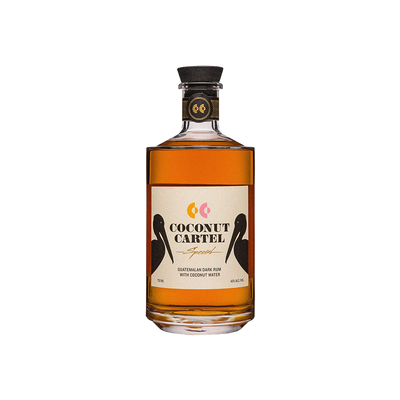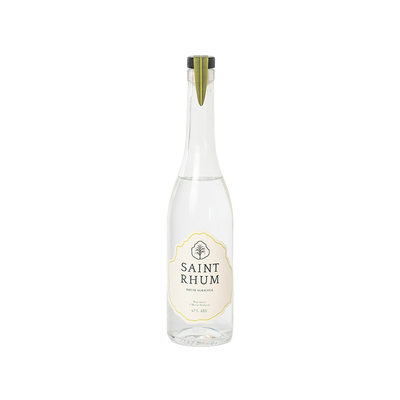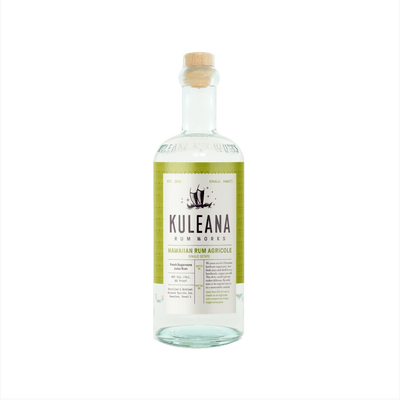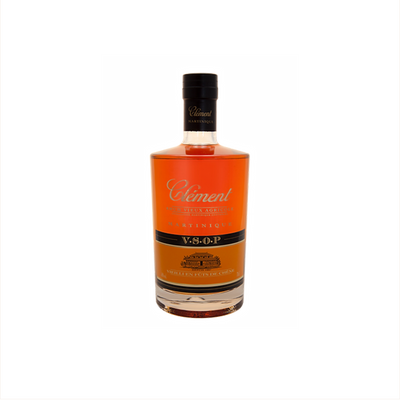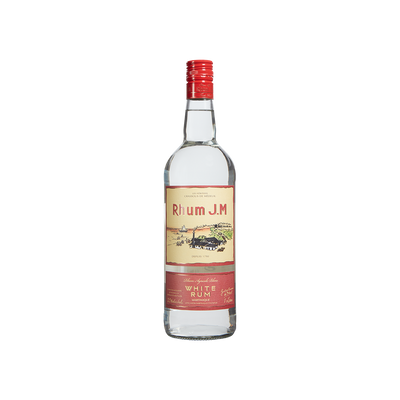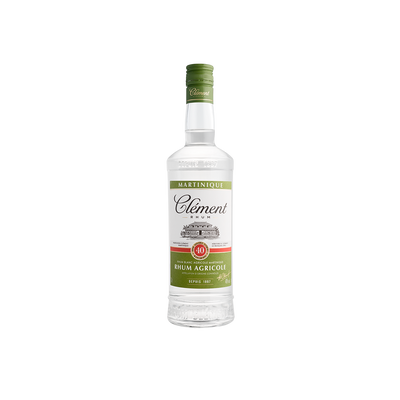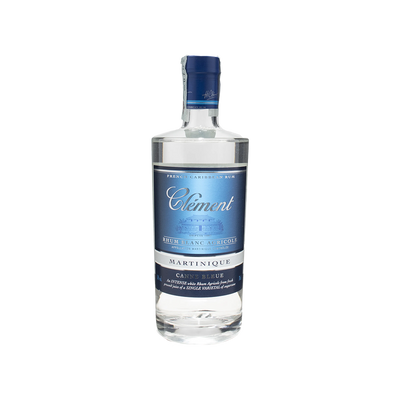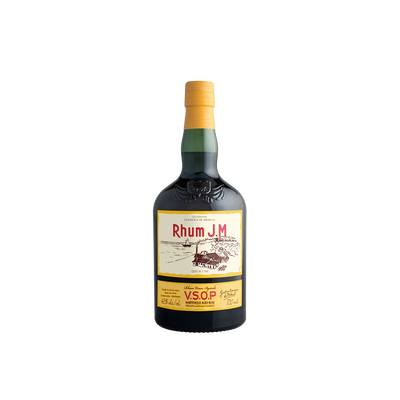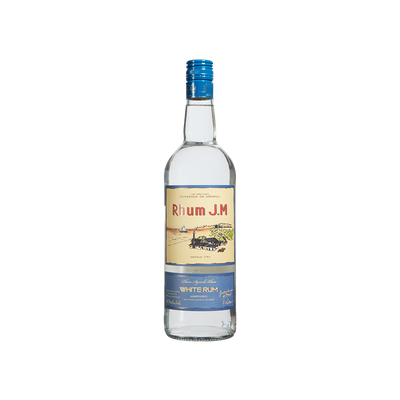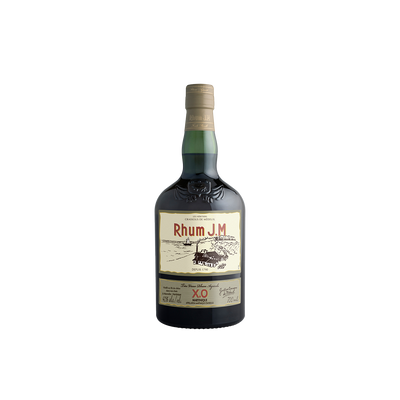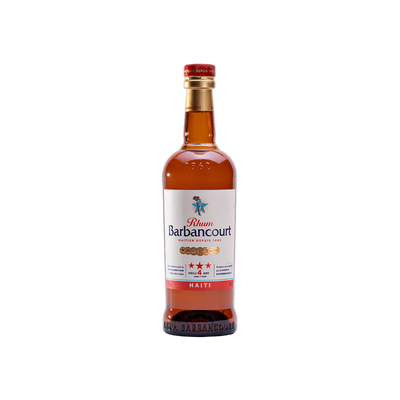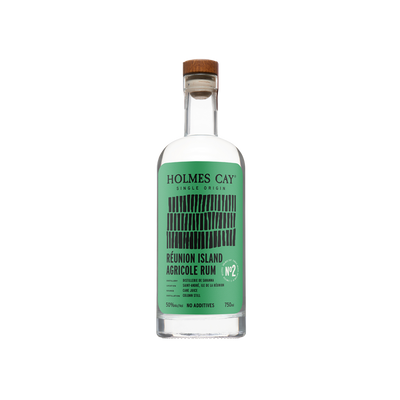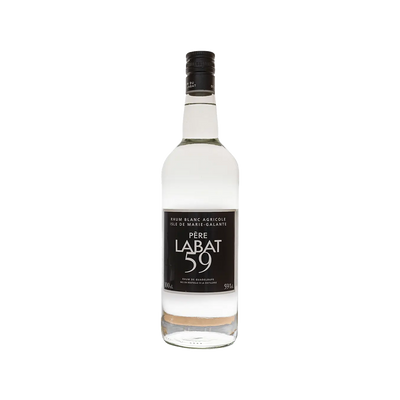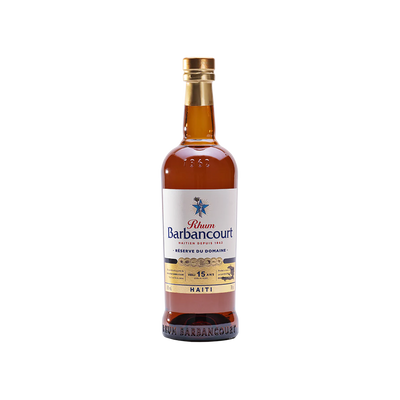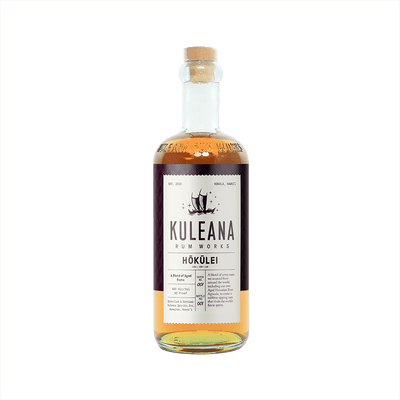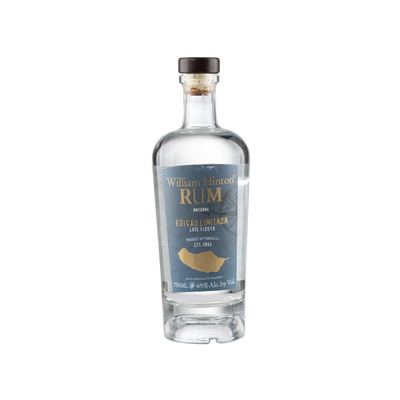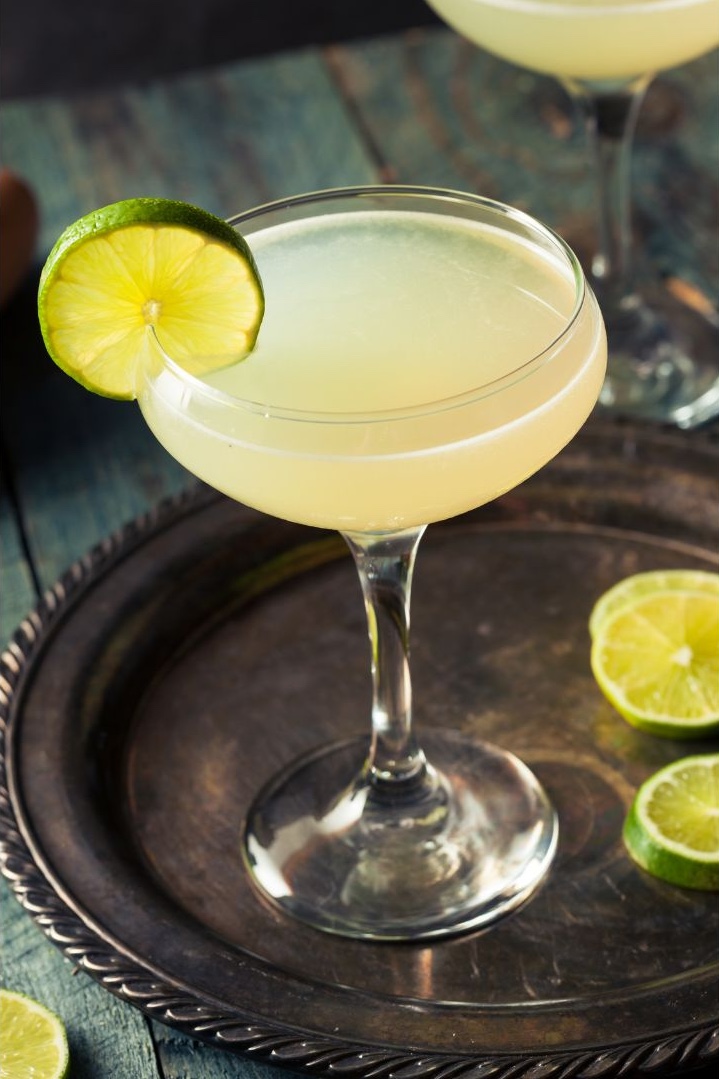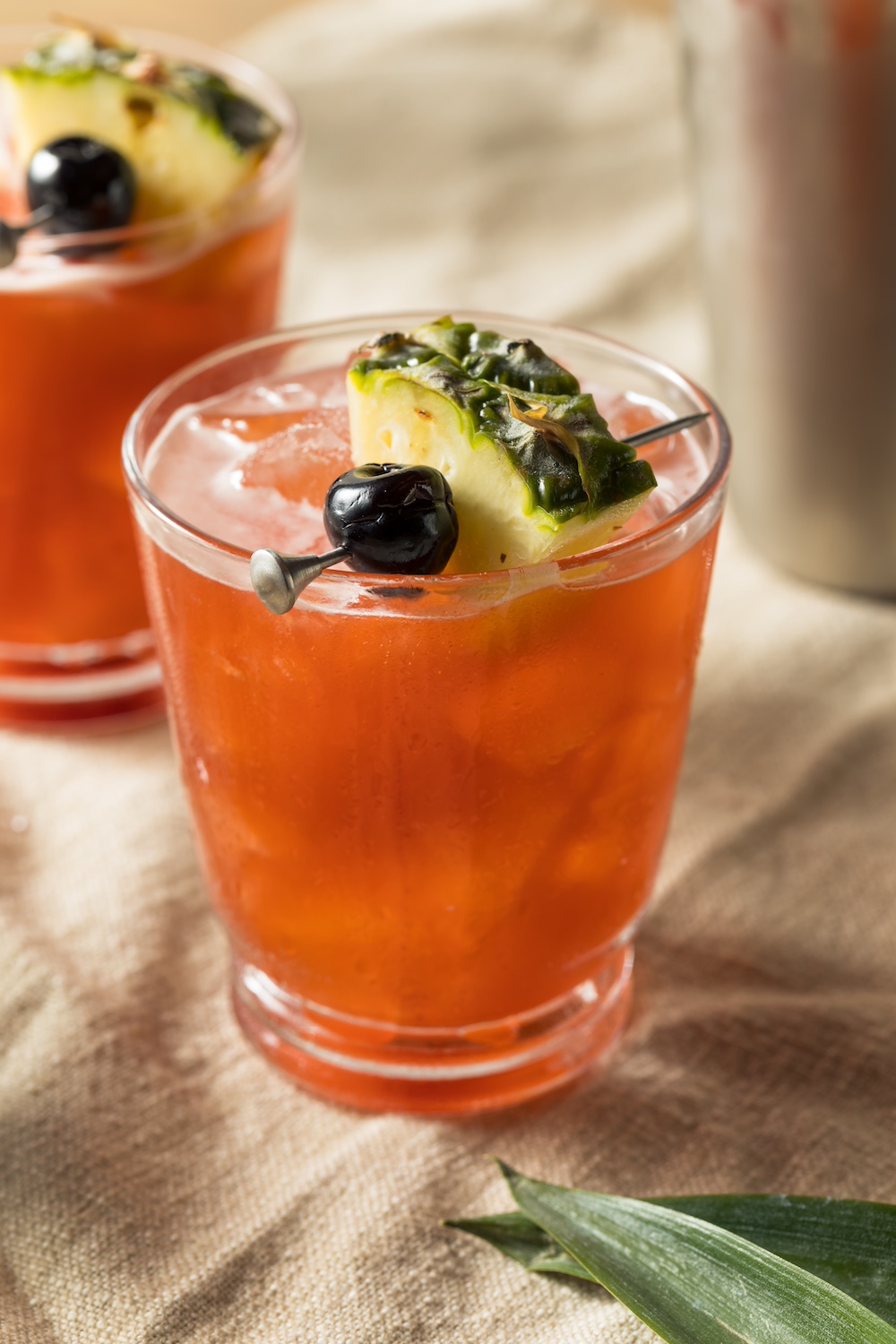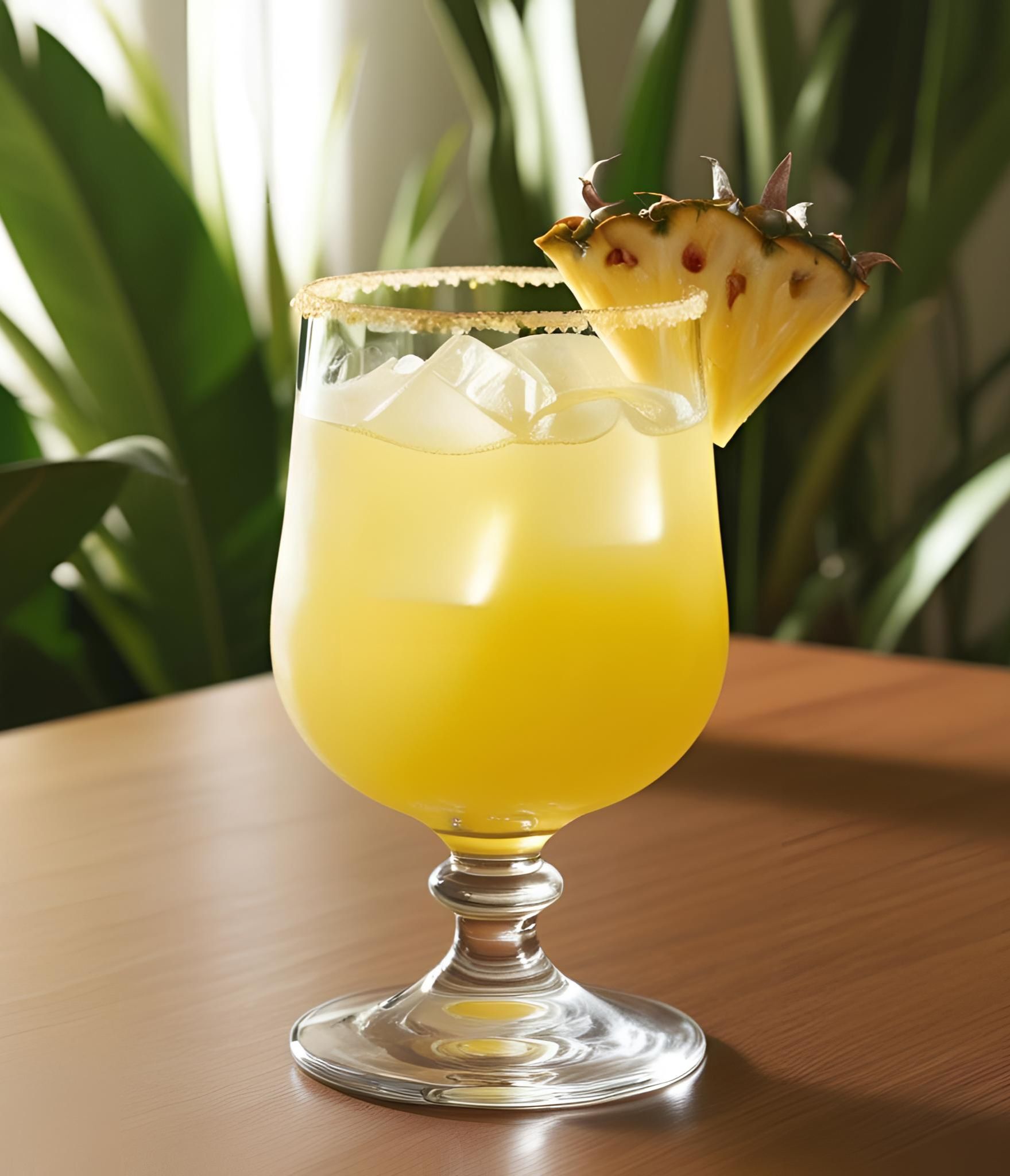Rhum Agricole
What is Rhum Agricole?
Rhum Agricole is a distinctive style of Rum that stands apart from its molasses-based cousins by being distilled directly from fresh sugarcane juice rather than the byproducts of sugar production. This French approach to rum-making, predominantly found in Martinique, Guadeloupe, and other French Caribbean territories, produces spirits with a grassy, vegetal character that captures the essence of the sugarcane plant itself. The strict production regulations governing true Rhum Agricole, particularly those with AOC designation from Martinique, ensure that only specific sugarcane varieties and traditional methods are used, resulting in a rum category with its own unique flavor profile and terroir-driven complexity.
Learn More About Rhum Agricole
What makes Rhum Agricole unique?
Rhum Agricole stands apart from other rums because it's distilled directly from fresh sugarcane juice rather than molasses, creating a grassier, more vegetal flavor profile that captures the essence of the raw cane. This production method, primarily found in French Caribbean territories like Martinique and Guadeloupe, results in a spirit with brighter, more agricultural notes compared to the richer, caramelized characteristics of molasses-based rums. The strict AOC regulations governing Martinique Rhum Agricole ensure traditional production methods are maintained, making it one of the most terroir-driven categories in the rum world.
How is Rhum Agricole made?
Rhum Agricole gets its distinctive character by starting with fresh sugarcane juice instead of molasses, which means the cane must be crushed and fermented within hours of harvest to capture those bright, grassy flavors. The juice ferments for just a few days using wild or cultivated yeasts, then goes through column distillation at relatively low proof to preserve the cane's natural essence. This direct-from-field approach creates a spirit that tastes like liquid sugarcane - earthy, vegetal, and completely different from the heavier, sweeter rums made from molasses.
How do you drink Rhum Agricole?
Rhum agricole shines brightest when sipped neat or over a single large ice cube, letting you appreciate its grassy, vegetal character that sets it apart from molasses-based rums. The spirit also excels in classic cocktails like the Ti' Punch (rhum, lime, and cane sugar) or a Daiquiri, where its distinctive terroir can play the starring role without getting lost in overly complex recipes. For darker, aged expressions, cooler months provide the perfect backdrop for contemplative sipping sessions, while the white agricoles make exceptional warm-weather cocktails that capture the essence of the Caribbean sugarcane fields.
How do I choose a good Rhum Agricole?
Start by deciding whether you want a blanc (unaged) or vieux (aged) agricole – blancs bring grassy, vegetal notes perfect for ti' punch and daiquiris, while aged versions offer vanilla and spice complexity that shines in sipping or spirit-forward cocktails. Look for producers from Martinique with AOC certification, or quality distillers from Guadeloupe and Haiti who follow traditional fresh cane juice methods. Match your bottle to your intended use: grab a crisp blanc like Rhum JM or Neisson for mixing, but invest in an aged expression from Clement or Depaz when you want something special enough to drink neat or build into a sophisticated cocktail.
Nutritional Information
Typical Calorie Range per Ounce: 64-69 calories
Typical Carbohydrate Range per Ounce: 0-0.1 grams
Typical Sugar Range per Ounce: 0 grams
Typically Gluten Free: Yes
Rhum agricole starts life as fresh sugarcane juice rather than molasses, but the distillation process removes virtually all carbohydrates and sugars, leaving behind pure alcohol and water. Since sugarcane contains no gluten proteins, rhum agricole is naturally gluten-free. Still, production methods can vary between distilleries, so always check the specific product label and manufacturer information to confirm gluten-free status if you have celiac disease or severe gluten sensitivity.
Scrolled this far? Your reward? Rhum Agricole Trivia!
- Rhum Agricole can only be made during sugarcane harvest season, which runs roughly from February to June in the French Caribbean. Unlike molasses-based rums that can be produced year-round, Agricole distillers have just four months to capture an entire year's worth of production. This creates an annual frenzy where distilleries work around the clock, and the freshness of the cane juice – which must be fermented within 24 hours of crushing – gives each batch a unique terroir-driven character that changes throughout the harvest.
- The French government legally protects Rhum Agricole from Martinique with an AOC (Appellation d'Origine Contrôlée) designation – the same classification system used for Champagne and Bordeaux wines. This means specific rules govern everything from the sugarcane varieties used to the distillation proof limits. Interestingly, this makes Martinique Rhum Agricole one of only three spirits in the world with AOC protection, alongside Cognac and Armagnac.
- Traditional Rhum Agricole distilleries use a Creole column still, a unique single-column copper apparatus that's specifically designed for cane juice distillation. These stills produce rum at a much lower proof than modern column stills (around 140-150 proof versus 190+ proof), which preserves more of the grassy, vegetal flavors from the fresh sugarcane. Many of these century-old stills are still in operation today, making them living pieces of Caribbean distilling history.
- Rhum Agricole blanc (white) is often aged for at least three months in stainless steel tanks, not because it needs aging, but because French law requires this resting period before it can be bottled and sold. During this time, the rum settles and mellows, but more importantly, distillers can blend different batches to create their signature house style. Some producers age their blanc in used barrels for subtle wood influence while maintaining the clear appearance.
- The ti' punch – Martinique's national cocktail made with Rhum Agricole blanc, lime, and cane syrup – has specific cultural rules about how it should be prepared and consumed. The proper method is "chacun prépare sa propre mort" (everyone prepares their own death), meaning each person mixes their own drink to their exact taste preferences. Additionally, ti' punch is traditionally consumed at room temperature and is considered a morning or pre-meal aperitif rather than an evening cocktail.
Higher-proof spirits can be intense. Mix carefully, taste thoughtfully, and enjoy responsibly.
Gift message (optional)

